So far the questions, and the reasoning behind them, have been relatively straightforward – even self-evident. But with Question 7 of The Explain Pain Assessment* things get more complex and some background knowledge is essential – conceptual change, missing bits, single and multiple grain misconceptions, sandstone and sandcastles. Metaphor and some imagery will help us here.
First up conceptual change. We can consider that learning takes place in the presence or absence of pre-existing knowledge and concepts. Learning in the presence of pre-existing knowledge often requires conceptual change as the knowledge and concepts held may be inaccurate to varying degrees.
Conceptual change often involves cognitive conflict when pre-existing (less accurate) knowledge comes up against new (hopefully more accurate) information. In clinical encounters it is very common to come across pre-exisitng, inaccurate ideas about the body and pain, and with humility (it is after all 2018 and our knowledge of how humans experience pain is far (far) from perfect!), we refer to these as misconceptions.
Inaccurate knowledge and beliefs (misconceptions) can be held at various levels indicating both how strongly held the knowledge is and how challenging it can be to change. Here are four levels that you should know about, some examples of each to help you pick them, and a few thoughts on how to deliver education tailored to the level of misconception.
Missing bits
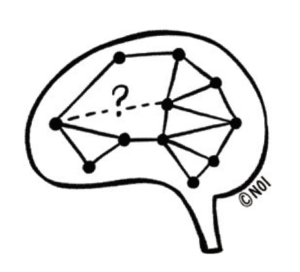 Missing bits is the simplest category, here learners have reasonably accurate concepts but are missing a few key pieces of information. Education in the face of missing bits isn’t really conceptual change, it is more gap filling. We often use the example of a person who presents very worried that they’ve got a bursa in their painful knee, with the worry that it is cyst or foreign object that shouldn’t be there. The gaps to fill here include the information that we all have many bursae in both of our knees as they are a natural part of our anatomy, bursae have a very useful protective/cushioning/friction reducing role, they can become inflamed and a source of danger signals in some people, but there are treatment approaches to help. This gap filling can be provided in real time during an assessment and treatment, but could also involve suggested information to access from home.
Missing bits is the simplest category, here learners have reasonably accurate concepts but are missing a few key pieces of information. Education in the face of missing bits isn’t really conceptual change, it is more gap filling. We often use the example of a person who presents very worried that they’ve got a bursa in their painful knee, with the worry that it is cyst or foreign object that shouldn’t be there. The gaps to fill here include the information that we all have many bursae in both of our knees as they are a natural part of our anatomy, bursae have a very useful protective/cushioning/friction reducing role, they can become inflamed and a source of danger signals in some people, but there are treatment approaches to help. This gap filling can be provided in real time during an assessment and treatment, but could also involve suggested information to access from home.Single grains
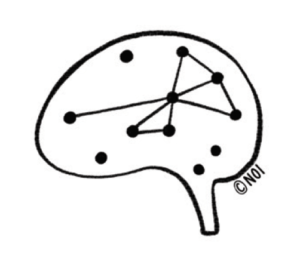 Single grain misconceptions – introducing a helpful metaphor. A grain of knowledge can be considered a single concept or a small cluster of concepts. Single grain concepts are held loosely and are not deeply connected to other single grains to form more mature or elaborate concepts. Common single grain misconceptions include ideas that it’s just old age or my back is out. Single grain misconceptions, because they are not held deeply, can be tackled head on by directly (but always respectfully) refuting the existing misconception and providing new information; “Age has nothing to do with it – age isn’t a pathology! In fact we know that age and pain are not really linked at all. Perhaps consider this – if it was an age problem wouldn’t your left knee hurt just as much as your right knee, or is your right knee older than your left knee!” (humour can have a place in the process, and take the edge out of some of the cognitive conflict).
Single grain misconceptions – introducing a helpful metaphor. A grain of knowledge can be considered a single concept or a small cluster of concepts. Single grain concepts are held loosely and are not deeply connected to other single grains to form more mature or elaborate concepts. Common single grain misconceptions include ideas that it’s just old age or my back is out. Single grain misconceptions, because they are not held deeply, can be tackled head on by directly (but always respectfully) refuting the existing misconception and providing new information; “Age has nothing to do with it – age isn’t a pathology! In fact we know that age and pain are not really linked at all. Perhaps consider this – if it was an age problem wouldn’t your left knee hurt just as much as your right knee, or is your right knee older than your left knee!” (humour can have a place in the process, and take the edge out of some of the cognitive conflict).Sandcastles
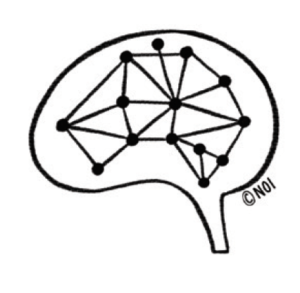 Sandcastle level misconceptions are held more deeply as multiple concepts (grains) link up to form more elaborate knowledge structures. Sandcastle misconceptions include ideas such as I have pain therefore I am damaged, or It’s not safe for me to move, bend or exercise while my back hurts. The individual grains that might be part of both of these sandcastles include every time i move i can feel it grinding, it cracks if I stretch, once you’ve hurt your back it’s never the same again, my x-ray shows severe degeneration, I was told i have an up-slipped pelvis… Sandcastle level misconceptions can be taken on in two ways – replacing the whole sandcastle at once (holistic confrontation) or grain by grain – like a wave gently washing away the sandcastle, to extend the metaphor. Both take skill, deep knowledge and likely, some time. Explain Pain the book is a kind of holistic confrontation – taking on the whole pain sand castle at once and replacing misconceptions with new and more accurate information about pain, the brain and the body. Attempting holistic confrontation might lead to actual confrontation and is not for every patient (or clinician!). Taking the time to explore the sandcastle and teasing out single grains can allow a more gentle approach of tackling one, or a few grains at a time. In the examples above, perhaps you might start with let’s talk about your x-rays, followed by another grain of knowledge at the next session.
Sandcastle level misconceptions are held more deeply as multiple concepts (grains) link up to form more elaborate knowledge structures. Sandcastle misconceptions include ideas such as I have pain therefore I am damaged, or It’s not safe for me to move, bend or exercise while my back hurts. The individual grains that might be part of both of these sandcastles include every time i move i can feel it grinding, it cracks if I stretch, once you’ve hurt your back it’s never the same again, my x-ray shows severe degeneration, I was told i have an up-slipped pelvis… Sandcastle level misconceptions can be taken on in two ways – replacing the whole sandcastle at once (holistic confrontation) or grain by grain – like a wave gently washing away the sandcastle, to extend the metaphor. Both take skill, deep knowledge and likely, some time. Explain Pain the book is a kind of holistic confrontation – taking on the whole pain sand castle at once and replacing misconceptions with new and more accurate information about pain, the brain and the body. Attempting holistic confrontation might lead to actual confrontation and is not for every patient (or clinician!). Taking the time to explore the sandcastle and teasing out single grains can allow a more gentle approach of tackling one, or a few grains at a time. In the examples above, perhaps you might start with let’s talk about your x-rays, followed by another grain of knowledge at the next session. Sandstone
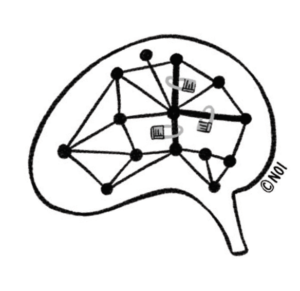 Sandstone – firmly fixed mental models. Misconceptions can be held so strongly that they exist at a sandstone level. This is where the metaphor really shines as we are all familiar with ideas and beliefs that are held so strongly that not even a (metaphorical) sledge hammer can dent them. My suffering is God’s will or It’s a massive disc herniation – four surgeons have told me that if i don’t have surgery I will end up in a wheelchair – even I can see it on the MRI. Nobody can help me, are examples of conceptualisations that are held very tightly, with multiple, overlapping concepts locked in place. You may be bumping up against mental models based on culture, religion or long term biomedical exposure when dealing with sandstone, and one question to ask is Do I have the right to try and change this? A nimble, adaptable clinician will try to educate from within the person’s concept without directly challenging it. After all, even sandstone can be chiselled and chipped away at. Or maybe you don’t try too much at all, hoping that you have planted a seed that will flourish at another time and place when the situation is right for that individual.
Sandstone – firmly fixed mental models. Misconceptions can be held so strongly that they exist at a sandstone level. This is where the metaphor really shines as we are all familiar with ideas and beliefs that are held so strongly that not even a (metaphorical) sledge hammer can dent them. My suffering is God’s will or It’s a massive disc herniation – four surgeons have told me that if i don’t have surgery I will end up in a wheelchair – even I can see it on the MRI. Nobody can help me, are examples of conceptualisations that are held very tightly, with multiple, overlapping concepts locked in place. You may be bumping up against mental models based on culture, religion or long term biomedical exposure when dealing with sandstone, and one question to ask is Do I have the right to try and change this? A nimble, adaptable clinician will try to educate from within the person’s concept without directly challenging it. After all, even sandstone can be chiselled and chipped away at. Or maybe you don’t try too much at all, hoping that you have planted a seed that will flourish at another time and place when the situation is right for that individual.What kind of misconception does the learner hold?
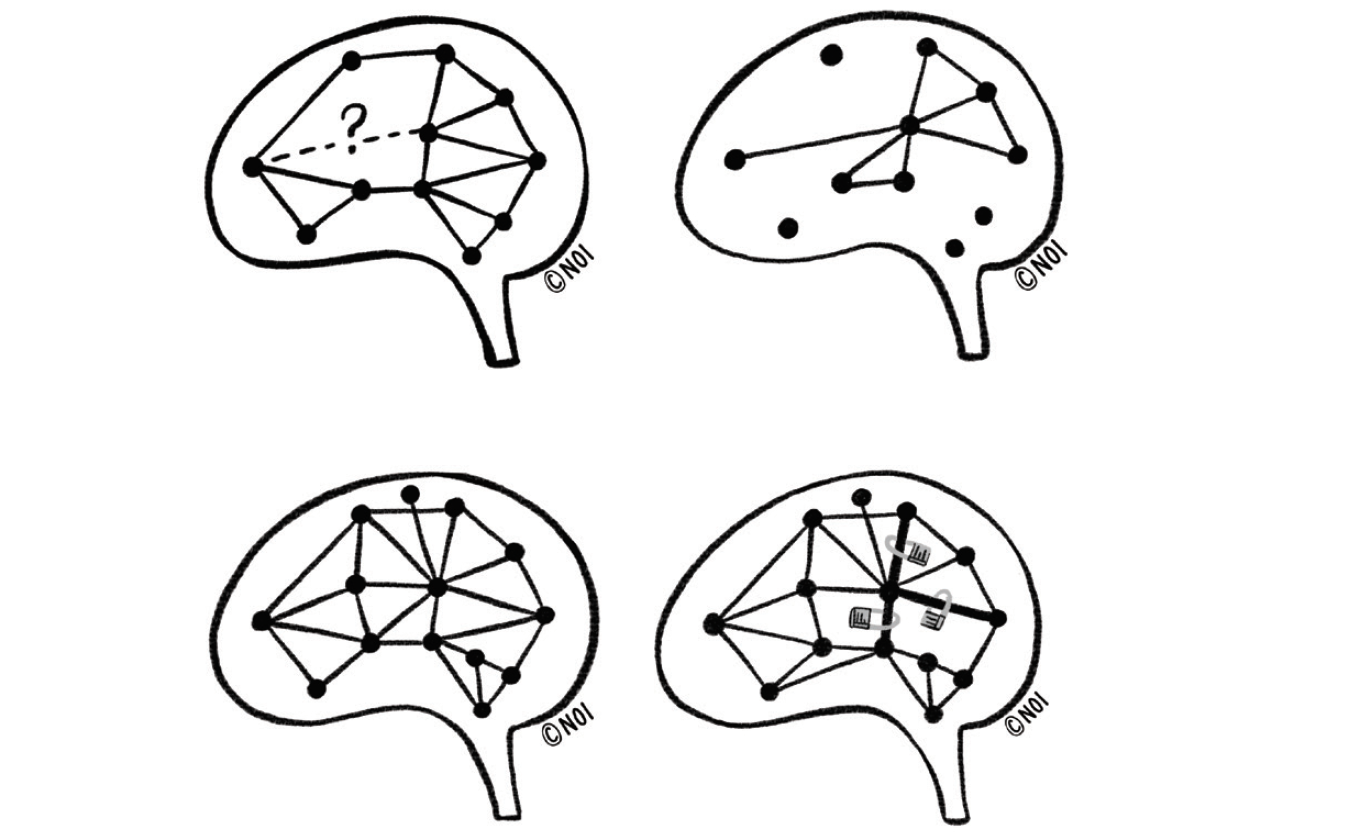
Question 7 seems simple, but the answer is complex. There are no questionnaires or assessments to determine an individual’s level of misconception, but listening carefully, questioning further, and developing a strong therapeutic relationship will give you a sense of how to pitch your education to maximise the benefit for that person in front of you.
As always, questions, comments and discussion welcome below.
-NOI Group
Knowledge driving health
* The Eight Great Questions in The Explain Pain Assessment come from Explain Pain Supercharged, available at noigroup.com (worldwide), the NOI US Bookstore, NOI UK, and NOI Nederland
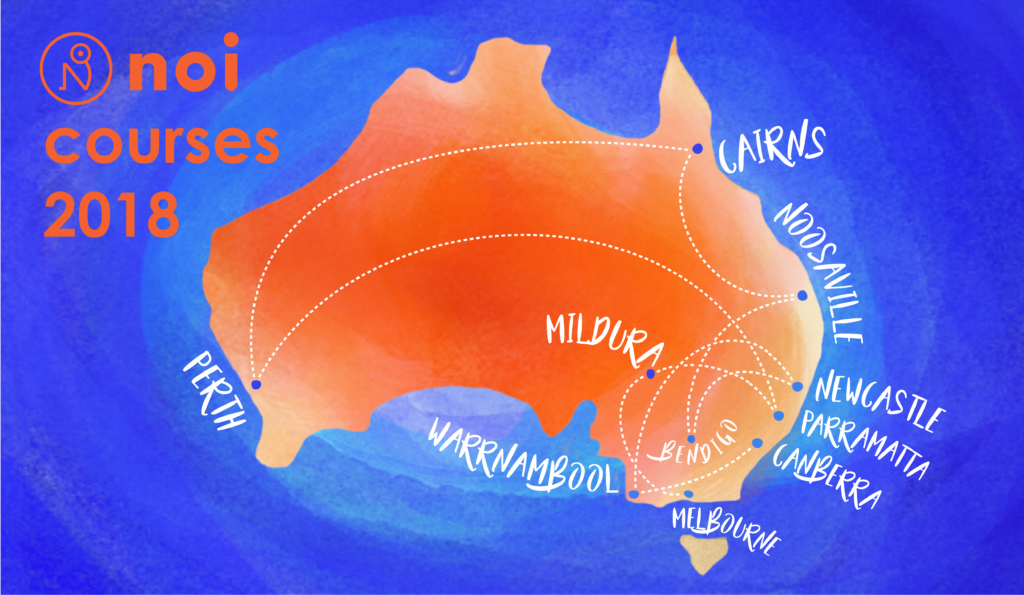

Great post at the right time.
I was pre-testing the Nepali version of Explain Pain with an elderly with 25 years of low back pain. The patient had very strong beliefs that it was his age that has led to loads of degeneration, bad MRI, and with no hope of improvement. He is convinced that he just needs to live with it, with reduced activities, braces, rest, and pills. It was certainly a “sandstone”, or even more. He couldn’t continue the conversation for more than 15 minutes, got restless, and wanted to go back home.
These patients require a lot of time. They need to be heard enough before they are given any new information. They like being educators than learners, because they already have 25 years or more of experience of having pain, time longer than most health professionals.
Wonderful information delivered so simply. Great metaphors !!! Who doesn’t like playing with sand ? Thank you